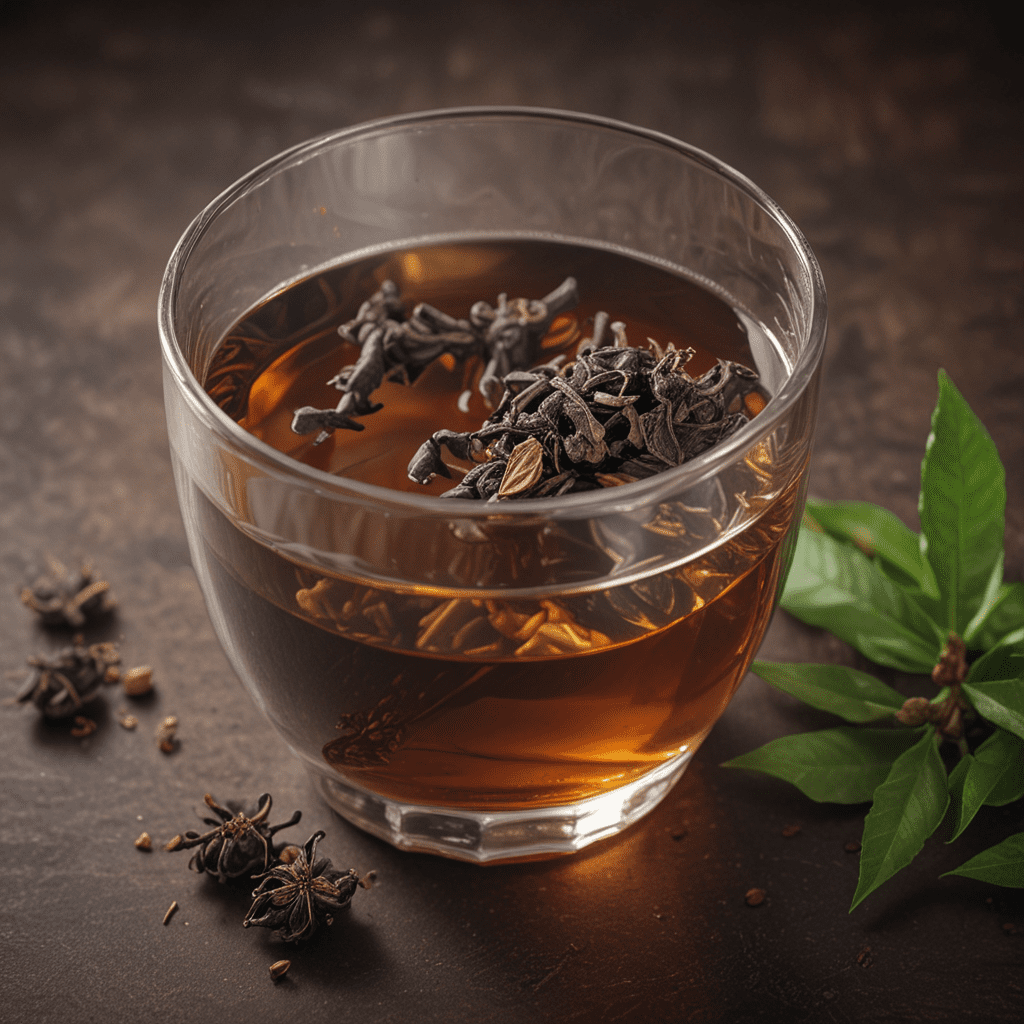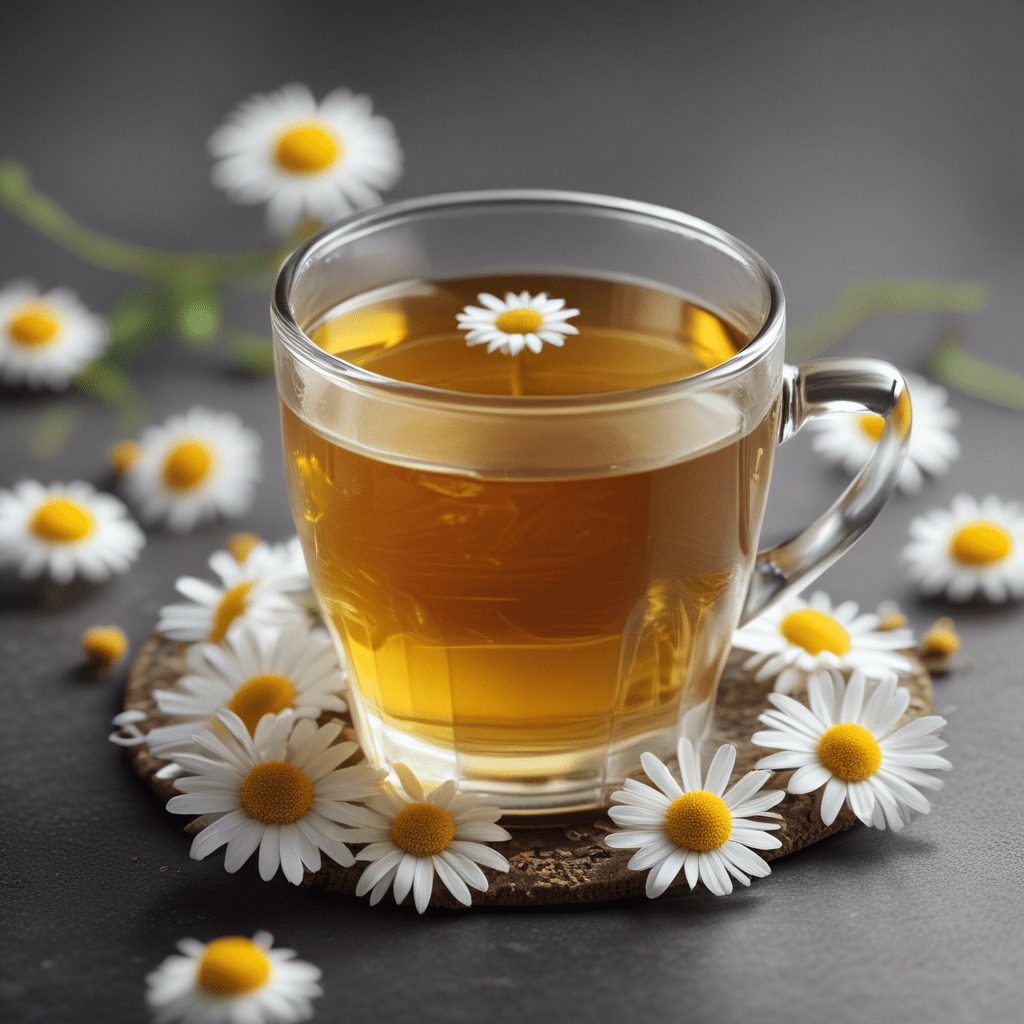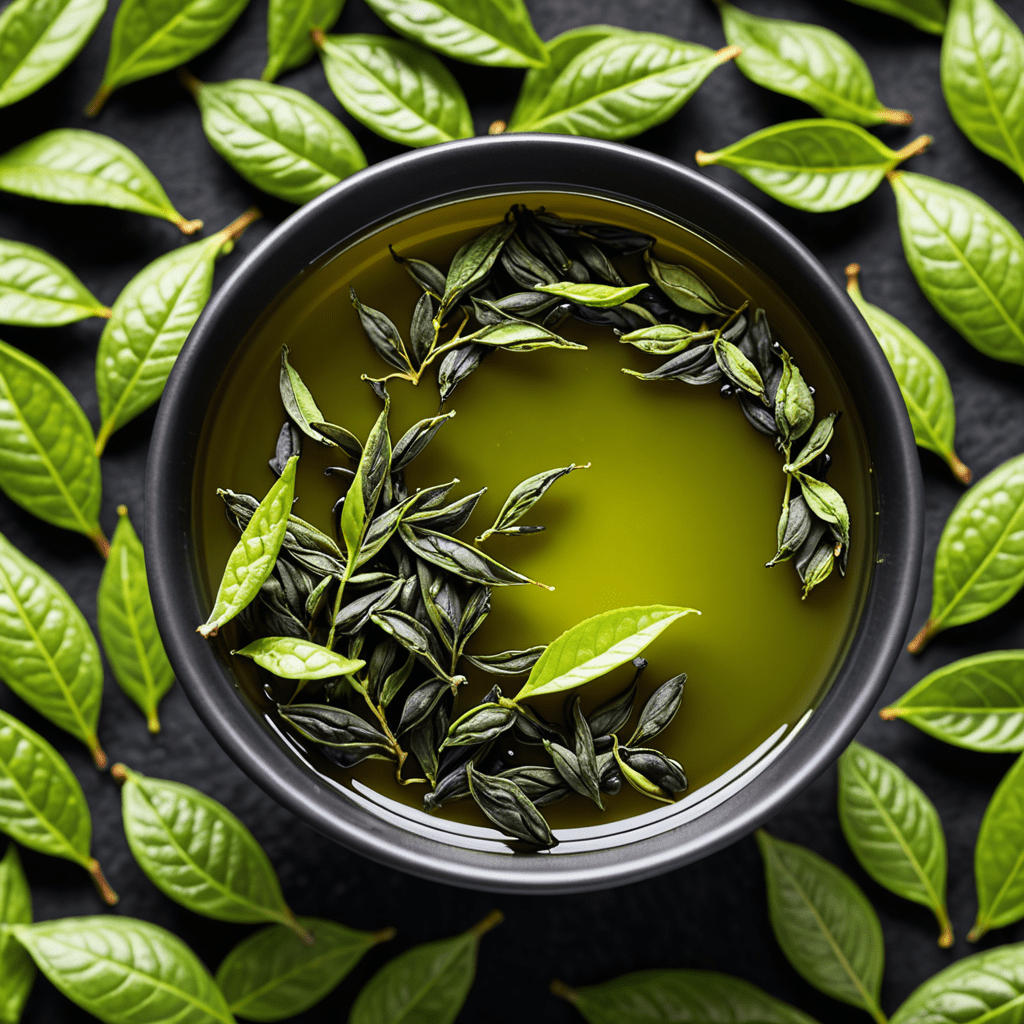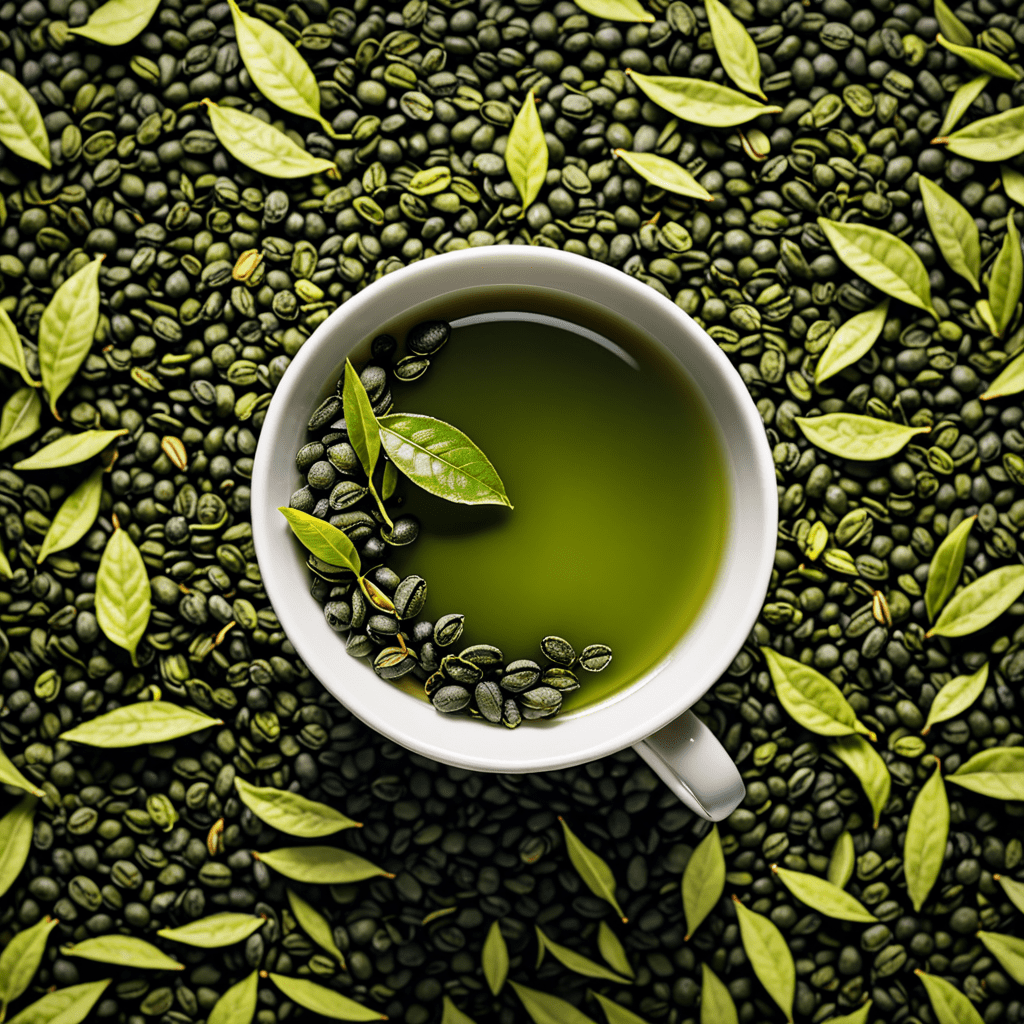
Assam Tea: Origin and History
Assam tea, renowned for its robust and malty flavor, has a rich history deeply intertwined with the landscape and culture of the Assam region in India. The Brahmaputra River valley, with its fertile soil and abundant rainfall, provides an ideal environment for the cultivation of this exceptional tea. The origins of Assam tea can be traced back to the 19th century when British planters discovered indigenous tea plants growing wild in the region.
Since then, Assam tea has gained global recognition, becoming one of the most popular black teas consumed worldwide. The lush tea gardens of Assam, covering vast tracts of land, have played a pivotal role in shaping the region's economy and cultural heritage.
Unveiling the Assam Tea Plant
The Assam tea plant (Camellia sinensis var. assamica) is a unique subspecies of the tea plant, known for its large, broad leaves and ability to thrive in the humid, tropical climate of Assam. Unlike the Chinese tea plant (Camellia sinensis var. sinensis), which is typically grown at higher altitudes, the Assam tea plant flourishes in the lowlands of the Brahmaputra valley. The distinctive characteristics of the Assam tea plant contribute to the robust, full-bodied flavor profile of its leaves.
Cultivation and Harvesting Practices
Assam tea is cultivated using traditional methods that have been passed down through generations. Tea bushes are meticulously pruned to maintain a manageable height, ensuring optimal sunlight exposure and ease of harvesting. The harvesting process is labor-intensive and requires skilled workers who handpick only the tender, young leaves from the tea bushes. These leaves, known as "two leaves and a bud," are carefully collected during the peak growing season to capture the tea's maximum flavor and aroma.
Processing and Brewing Techniques
After harvesting, the tea leaves undergo a series of processing steps, including withering, rolling, oxidation, and drying. Withering involves spreading the leaves out to reduce their moisture content, while rolling helps to release the essential oils and flavors. Oxidation is a crucial step that allows the leaves to develop their characteristic dark color and rich taste. Finally, the leaves are dried to remove any remaining moisture and preserve their flavor and aroma.
Assam tea is typically brewed using the traditional method known as "black tea brewing." This involves steeping the tea leaves in hot water for a specific duration, depending on the desired strength and flavor. Assam teas are generally steeped for around 3-5 minutes, resulting in a full-bodied, malty brew with a deep amber color.
Health Benefits of Assam Tea
Assam tea boasts an array of health-promoting compounds that contribute to its reputation as a medicinal beverage. Rich in antioxidants, including flavonoids and catechins, Assam tea helps combat oxidative stress and protect against cellular damage. Studies have suggested that regular consumption of Assam tea may reduce the risk of chronic diseases such as heart disease, cancer, and neurodegenerative disorders.
Furthermore, Assam tea contains theanine, an amino acid that promotes relaxation without inducing drowsiness. This calming effect makes Assam tea a preferred choice for unwinding after a long day or enhancing focus and concentration during demanding tasks.
Assam Tea as a Culinary Ingredient
Beyond its traditional role as a beverage, Assam tea has gained recognition as a versatile culinary ingredient. Its robust flavor adds depth and complexity to a wide range of dishes. Assam tea leaves can be used as a marinade for meats, poultry, and seafood, infusing them with a rich, smoky aroma. It can also be incorporated into sauces, marinades, and dressings, enhancing their flavor profile and adding a touch of exoticism.
For a unique culinary experience, try incorporating Assam tea powder into pastries, cakes, and other desserts. Its earthy, malty notes complement sweet flavors and elevate the overall taste of baked goods.
Pairing Assam Tea with Food
When pairing Assam tea with food, consider its robust and full-bodied nature. It pairs well with hearty dishes, such as grilled meats, spicy curries, and rich desserts. The malty flavors of Assam tea hold their own against bold flavors and complement sweet treats with a touch of sophistication.
For a harmonious culinary experience, try sipping Assam tea alongside Indian dishes like chicken tikka masala, lamb roganjosh, or creamy desserts like kulfi. The tea's richness and warmth will enhance the flavors of these dishes, creating a memorable gastronomic experience.
Economic and Cultural Significance of Assam Tea
Assam tea has played a pivotal role in the economic and cultural development of the Assam region. The tea industry provides livelihoods for millions of people and generates substantial revenue for the local economy. Assam tea has become an integral part of Assamese culture, symbolizing the state's rich heritage and contributing to its global recognition.
The lush tea gardens of Assam have inspired countless works of literature, art, and music. The tea industry has also fostered a vibrant cultural scene, with festivals and celebrations centered around tea cultivation and consumption. Assam tea has become a source of pride and identity for the people of Assam, showcasing the region's unique contribution to the world of tea.
Preserving the Legacy of Assam Tea
Sustaining the legacy of Assam tea requires ongoing efforts to preserve its distinct characteristics and ensure its future prosperity. Tea gardens must adopt sustainable farming practices to maintain the ecological balance of the region and safeguard the environment.
Protecting the rights and livelihoods of tea workers is also essential to ensure the continued production of high-quality Assam tea. By supporting fair trade practices and promoting ethical tea consumption, consumers can play a role in preserving the heritage of this exceptional beverage.
Through collective efforts, we can ensure that Assam tea continues to thrive, delighting generations to come with its unparalleled flavor, health benefits, and cultural significance.
FAQs
Q: What makes Assam tea unique?
A: Assam tea is renowned for its robust, full-bodied flavor and rich malty notes, attributed to the unique subspecies of tea plant (Camellia sinensis var. assamica) grown in the Brahmaputra River valley.
Q: How is Assam tea processed?
A: Assam tea undergoes a traditional processing method involving withering, rolling, oxidation, and drying. These steps contribute to the development of its distinctive dark color, rich flavor, and robust aroma.
Q: What health benefits are associated with Assam tea?
A: Assam tea is rich in antioxidants and contains theanine, an amino acid that promotes relaxation and well-being. Regular consumption may support heart health, reduce inflammation, and improve cognitive function.
Q: How can I incorporate Assam tea into my cooking?
A: Assam tea can be used as a marinade for meats, seafood, and poultry, or incorporated into sauces, dressings, and desserts. Its robust flavor adds depth and complexity to various culinary creations.
Q: What foods pair well with Assam tea?
A: Assam tea pairs well with hearty dishes, spicy curries, and rich desserts. Its robust and full-bodied nature complements bold flavors and enhances the sweetness of desserts.


